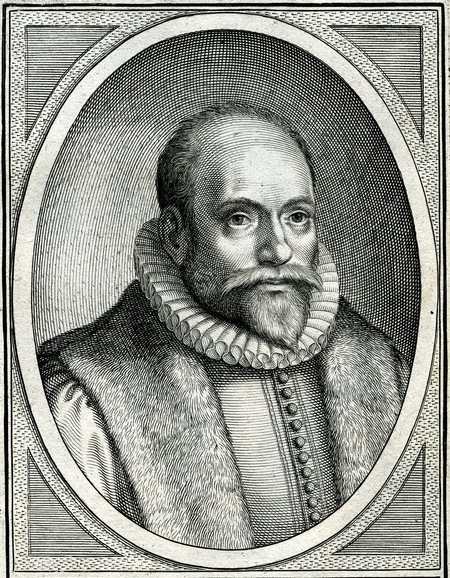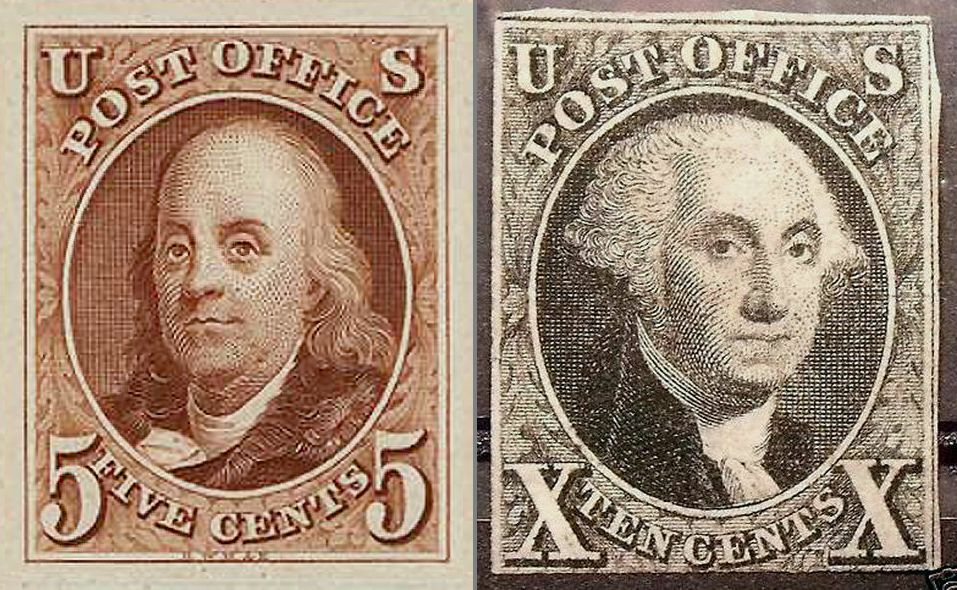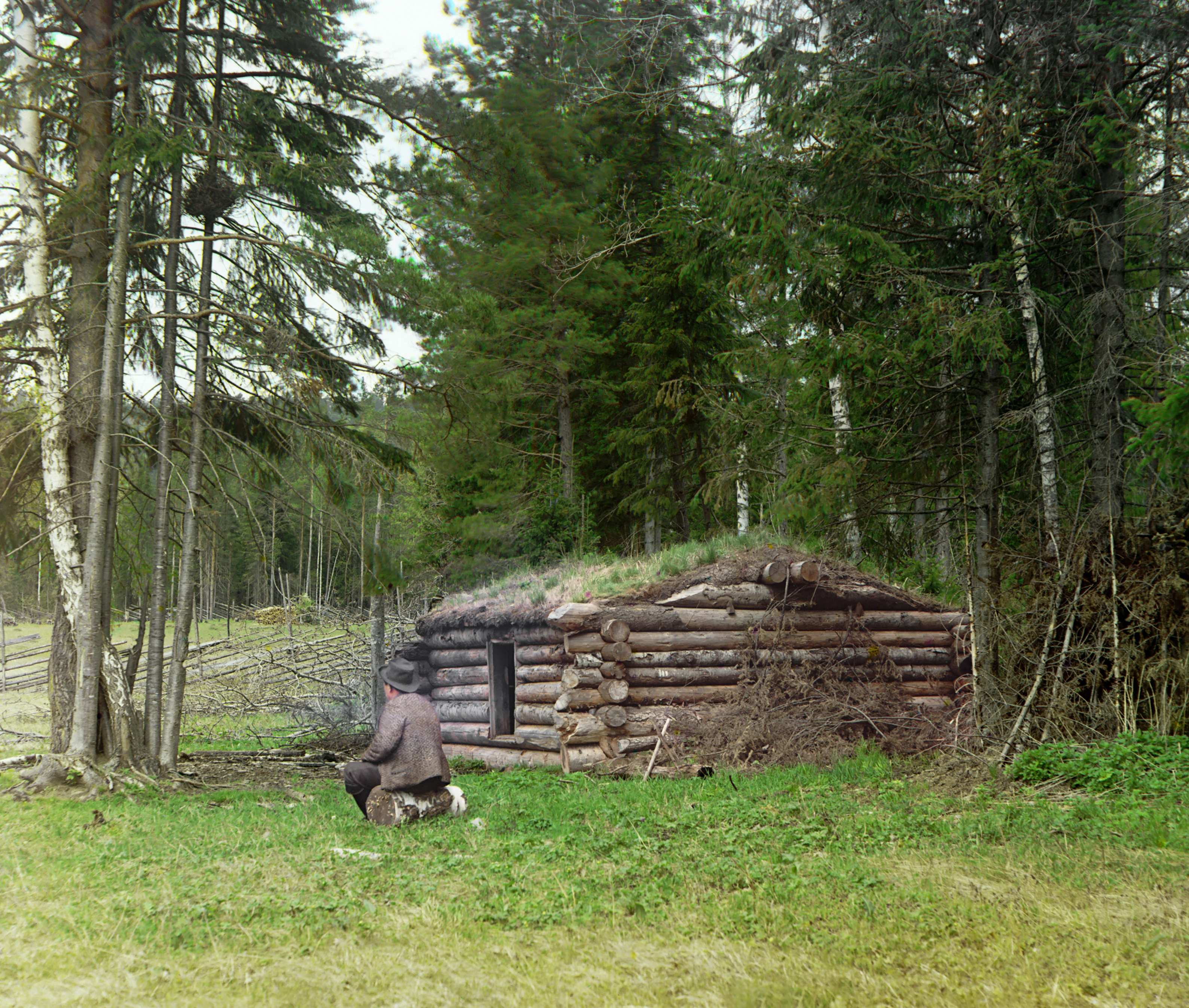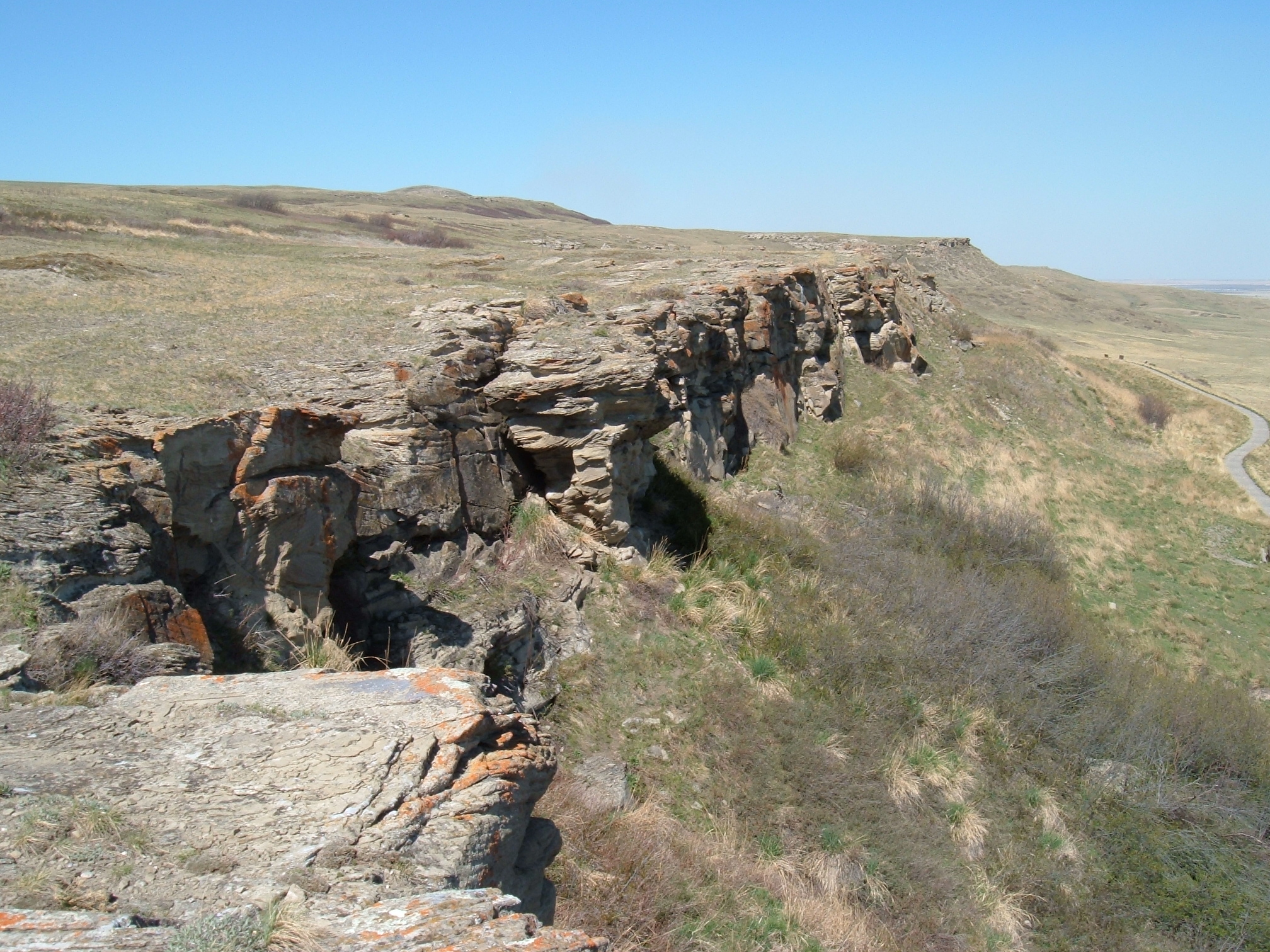|
Rundle's Mission
Rundle's Mission was established in 1847 on the shores of Pigeon Lake near Thorsby, Alberta, Canada, by a Methodist missionary named Robert Rundle. From the mission Rundle taught Cree people about Christianity and agriculture, refusing to acquiesce to pressures from the Hudson's Bay Company or the government to further influence local First Peoples."Seeking the story of Mission Beach" Virtual Museums Canada. Retrieved 8/22/07. History In the mid-19th century Pigeon Lake was a gathering place for peoples and the |
Thorsby, Alberta
Thorsby is a town in central Alberta, Canada. It is approximately west of the Leduc on Highway 39. Pigeon Lake and Pigeon Lake Provincial Park are located south of the community. Demographics In the 2021 Census of Population conducted by Statistics Canada, the Town of Thorsby had a population of 967 living in 405 of its 442 total private dwellings, a change of from its 2016 population of 985. With a land area of , it had a population density of in 2021. The population of the Town of Thorsby according to its 2017 municipal census is 1,015, a change of from its 2015 municipal census population of 1,025. In the 2016 Census of Population conducted by Statistics Canada, the Town of Thorsby recorded a population of 985 living in 394 of its 428 total private dwellings, a change from its 2011 population of 951. With a land area of , it had a population density of in 2016. Economy The Town of Thorsby is a member of the Leduc-Nisku Economic Development Association, ... [...More Info...] [...Related Items...] OR: [Wikipedia] [Google] [Baidu] |
Wesleyan Missionary Society
Wesleyan theology, otherwise known as Wesleyan–Arminian theology, or Methodist theology, is a theological tradition in Protestant Christianity based upon the ministry of the 18th-century evangelical reformer brothers John Wesley and Charles Wesley. More broadly it refers to the theological system inferred from the various sermons (e.g. the Forty-four Sermons), theological treatises, letters, journals, diaries, hymns, and other spiritual writings of the Wesleys and their contemporary coadjutors such as John William Fletcher. In 1736, the Wesley brothers travelled to the Georgia colony in America as Christian missionaries; they left rather disheartened at what they saw. Both of them subsequently had "religious experiences", especially John in 1738, being greatly influenced by the Moravian Christians. They began to organize a renewal movement within the Church of England to focus on personal faith and holiness. John Wesley took Protestant churches to task over the nature of sanc ... [...More Info...] [...Related Items...] OR: [Wikipedia] [Google] [Baidu] |
National Historic Sites In Alberta
National may refer to: Common uses * Nation or country ** Nationality – a ''national'' is a person who is subject to a nation, regardless of whether the person has full rights as a citizen Places in the United States * National, Maryland, census-designated place * National, Nevada, ghost town * National, Utah, ghost town * National, West Virginia, unincorporated community Commerce * National (brand), a brand name of electronic goods from Panasonic * National Benzole (or simply known as National), former petrol station chain in the UK, merged with BP * National Car Rental, an American rental car company * National Energy Systems, a former name of Eco Marine Power * National Entertainment Commission, a former name of the Media Rating Council * National Motor Vehicle Company, Indianapolis, Indiana, USA 1900-1924 * National Supermarkets, a defunct American grocery store chain * National String Instrument Corporation, a guitar company formed to manufacture the first reso ... [...More Info...] [...Related Items...] OR: [Wikipedia] [Google] [Baidu] |
Christian Missions In North America
Christians () are people who follow or adhere to Christianity, a monotheistic Abrahamic religion based on the life and teachings of Jesus Christ. The words ''Christ'' and ''Christian'' derive from the Koine Greek title ''Christós'' (Χριστός), a translation of the Biblical Hebrew term '' mashiach'' (מָשִׁיחַ) (usually rendered as ''messiah'' in English). While there are diverse interpretations of Christianity which sometimes conflict, they are united in believing that Jesus has a unique significance. The term ''Christian'' used as an adjective is descriptive of anything associated with Christianity or Christian churches, or in a proverbial sense "all that is noble, and good, and Christ-like." It does not have a meaning of 'of Christ' or 'related or pertaining to Christ'. According to a 2011 Pew Research Center survey, there were 2.2 billion Christians around the world in 2010, up from about 600 million in 1910. Today, about 37% of all Christians live in the A ... [...More Info...] [...Related Items...] OR: [Wikipedia] [Google] [Baidu] |
1847 Establishments In The British Empire
Events January–March * January 4 – Samuel Colt sells his first revolver pistol to the U.S. government. * January 13 – The Treaty of Cahuenga ends fighting in the Mexican–American War in California. * January 16 – John C. Frémont is appointed Governor of the new California Territory. * January 17 – St. Anthony Hall fraternity is founded at Columbia University, New York City. * January 30 – Yerba Buena, California, is renamed San Francisco. * February 5 – A rescue effort, called the First Relief, leaves Johnson's Ranch to save the ill-fated Donner Party (California-bound emigrants who became snowbound in the Sierra Nevada earlier this winter; some have resorted to survival by cannibalism). * February 22 – Mexican–American War: Battle of Buena Vista – 5,000 American troops under General Zachary Taylor use their superiority in artillery to drive off 15,000 Mexican troops under Antonio López de Santa Anna, defeating the Mexicans the next day. * February ... [...More Info...] [...Related Items...] OR: [Wikipedia] [Google] [Baidu] |
Provincial Historic Sites Of Alberta
Provincial historic sites of Alberta are museums and historic sites run by the Government of Alberta. Only sites owned by the provincial government and run as a functioning historic site or museum are known as Provincial Historic Sites. Buildings and sites owned by private citizens and companies or other levels or branches of government may gain one of two levels of historic designation, "Registered Historic Resource" or "Provincial Historic Resource". A concentration of several heritage buildings can be designated a "Provincial Historic Area", and there are two such areas in Alberta: downtown Fort Macleod and Edmonton's Old Strathcona. Historic designation in Alberta is governed by the Historic Resources Act. The province also lists buildings deemed historically significant by municipal governments on the Alberta Register of Historic Places, which is also part of the larger Canadian Register of Historic Places although this does not imply provincial or federal gover ... [...More Info...] [...Related Items...] OR: [Wikipedia] [Google] [Baidu] |
Museums In Alberta
A museum ( ; plural museums or, rarely, musea) is a building or institution that cares for and displays a collection of artifacts and other objects of artistic, cultural, historical, or scientific importance. Many public museums make these items available for public viewing through exhibits that may be permanent or temporary. The largest museums are located in major cities throughout the world, while thousands of local museums exist in smaller cities, towns, and rural areas. Museums have varying aims, ranging from the conservation and documentation of their collection, serving researchers and specialists, to catering to the general public. The goal of serving researchers is not only scientific, but intended to serve the general public. There are many types of museums, including art museums, natural history museums, science museums, war museums, and children's museums. According to the International Council of Museums (ICOM), there are more than 55,000 museums in 202 countrie ... [...More Info...] [...Related Items...] OR: [Wikipedia] [Google] [Baidu] |
History Of Alberta
The province of Alberta, Canada, has a history and prehistory stretching back thousands of years. The ancestors of today's First Nations in Alberta arrived in the area by at least 10,000 BC, according to the Bering land bridge theory. Southerly tribes, the Plain Indians, such as the Blackfoot, Blood, and Peigans eventually adapted to semi nomadic plains bison hunting, originally without the aid of horses, but later with horses that Europeans had introduced. Recorded or written history begins with the arrival of Europeans. The rich soil was ideal for growing wheat and the vast prairie grasslands were great for raising cattle. The coming of the railways in the late 19th century led a to large-scale migration of farmers and cattleman from Eastern Canada, the United States, and Europe. Wheat and cattle remain important, but the farms are much larger now and the rural population much smaller. Alberta has urbanized and its economic base has expanded from the exp ... [...More Info...] [...Related Items...] OR: [Wikipedia] [Google] [Baidu] |
Log Cabin
A log cabin is a small log house, especially a less finished or less architecturally sophisticated structure. Log cabins have an ancient history in Europe, and in America are often associated with first generation home building by settlers. European history Construction with logs was described by Roman architect Vitruvius Pollio in his architectural treatise '' De Architectura''. He noted that in Pontus (modern-day northeastern Turkey), dwellings were constructed by laying logs horizontally overtop of each other and filling in the gaps with "chips and mud". Historically log cabin construction has its roots in Scandinavia and Eastern Europe. Although their origin is uncertain, the first log structures were probably being built in Northern Europe by the Bronze Age (about 3500 BC). C. A. Weslager describes Europeans as having: Nevertheless, a medieval log cabin was considered movable property (a chattel house), as evidenced by the relocation of Espåby village in 1557: t ... [...More Info...] [...Related Items...] OR: [Wikipedia] [Google] [Baidu] |
Museums Alberta
A museum ( ; plural museums or, rarely, musea) is a building or institution that cares for and displays a collection of artifacts and other objects of artistic, cultural, historical, or scientific importance. Many public museums make these items available for public viewing through exhibits that may be permanent or temporary. The largest museums are located in major cities throughout the world, while thousands of local museums exist in smaller cities, towns, and rural areas. Museums have varying aims, ranging from the conservation and documentation of their collection, serving researchers and specialists, to catering to the general public. The goal of serving researchers is not only scientific, but intended to serve the general public. There are many types of museums, including art museums, natural history museums, science museums, war museums, and children's museums. According to the International Council of Museums (ICOM), there are more than 55,000 museums in 202 countr ... [...More Info...] [...Related Items...] OR: [Wikipedia] [Google] [Baidu] |
List Of Provincial Historic Sites Of Alberta
Provincial historic sites of Alberta are museums and historic sites run by the Government of Alberta. Only sites owned by the provincial government and run as a functioning historic site or museum are known as Provincial Historic Sites. Buildings and sites owned by private citizens and companies or other levels or branches of government may gain one of two levels of historic designation, "Registered Historic Resource" or "Provincial Historic Resource". A concentration of several heritage buildings can be designated a "Provincial Historic Area", and there are two such areas in Alberta: downtown Fort Macleod and Edmonton's Old Strathcona. Historic designation in Alberta is governed by the Historic Resources Act. The province also lists buildings deemed historically significant by municipal governments on the Alberta Register of Historic Places, which is also part of the larger Canadian Register of Historic Places although this does not imply provincial or federal governmen ... [...More Info...] [...Related Items...] OR: [Wikipedia] [Google] [Baidu] |
List Of National Historic Sites Of Canada
National Historic Sites of Canada (french: Lieux historiques nationaux du Canada) are places that have been designated by the federal Minister of the Environment on the advice of the Historic Sites and Monuments Board of Canada (HSMBC), as being of national historic significance. Parks Canada, a federal agency, manages the National Historic Sites program. As of July 2021, there were 999 National Historic Sites, 172 of which are administered by Parks Canada; the remainder are administered or owned by other levels of government or private entities. The sites are located across all ten provinces and three territories, with two sites located in France (the Beaumont-Hamel Newfoundland Memorial and Canadian National Vimy Memorial). There are related federal designations for National Historic Events and National Historic Persons. Sites, Events and Persons are each typically marked by a federal plaque of the same style, but the markers do not indicate which designation a subject h ... [...More Info...] [...Related Items...] OR: [Wikipedia] [Google] [Baidu] |








